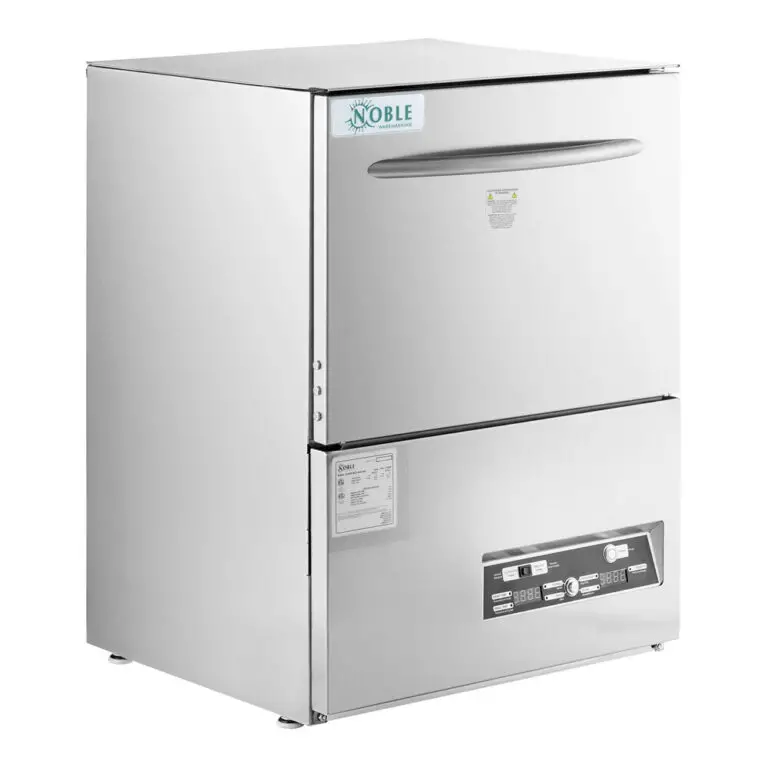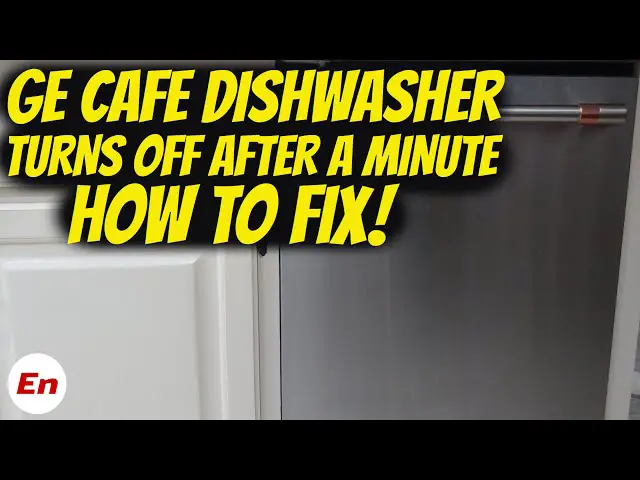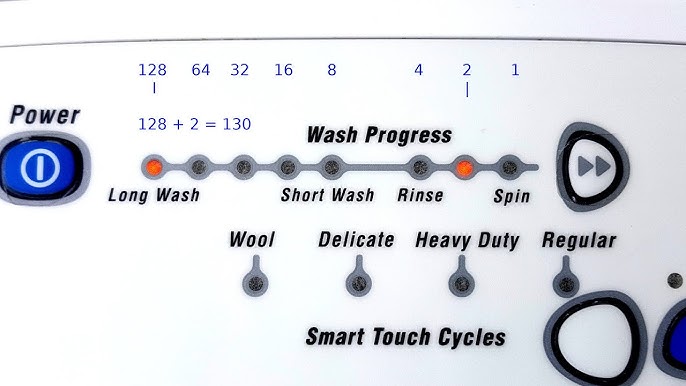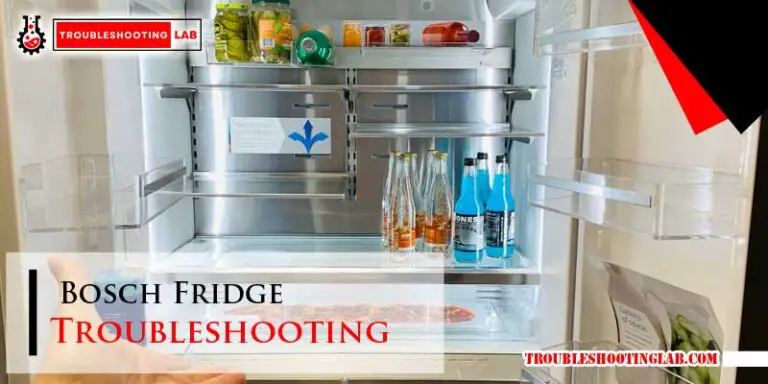Samsung Oven Troubleshooting: Quick Fixes for Common Issues
Owning a Samsung oven can make cooking more enjoyable. But like any appliance, it may face issues.
This blog post will guide you through common Samsung oven problems and solutions. Understanding your oven’s issues can save time and money. Whether it’s uneven baking, error codes, or a non-heating oven, these problems can disrupt your cooking routine. Before calling a technician, try some troubleshooting steps yourself.
This guide will help you identify and fix common problems. Learn how to resolve these issues and keep your oven running smoothly. Stay tuned for practical tips and solutions to ensure your Samsung oven works efficiently.
Samsung Oven Troubleshooting
Samsung Oven Not Heating

Is your Samsung oven not heating? This issue can be frustrating, especially when you need to cook. Several factors can cause this problem. Let’s look at some common troubleshooting steps to get your oven back in working order.
Check Power Supply
First, ensure the oven is properly plugged in. Sometimes, the plug can get loose. Verify that the outlet is working by plugging in another appliance. If the outlet is not working, check your circuit breaker. A tripped breaker can cut power to the oven. Reset the breaker if needed.
Inspect Heating Elements
Next, inspect the heating elements. These elements are responsible for generating heat. Look for any visible damage or signs of wear. A broken element will not heat properly. If you spot any issues, the element may need replacement. Use a multimeter to check for continuity. No continuity means the element is faulty.
Samsung Oven Uneven Cooking Problems
Uneven cooking can be a frustrating problem with your Samsung oven. It often results in undercooked or overcooked dishes. This issue can stem from various factors. Here, we’ll explore two primary solutions: adjusting rack placement and calibrating oven temperature.
Adjust Rack Placement
Rack placement impacts how heat circulates in the oven. Incorrect rack positioning can lead to uneven cooking. Place the rack in the center for most foods. This allows heat to spread evenly. For baking, use the middle rack. It provides balanced heating from all sides. For roasting, consider the lower racks. They offer better heat distribution. Always follow your recipe’s recommended rack position.
Calibrate Oven Temperature
An inaccurate oven temperature can cause uneven cooking. Start by checking the oven’s current temperature. Use an oven thermometer for accuracy. Compare it with the set temperature. If there’s a difference, calibrate your oven. Samsung ovens have a calibration feature. Refer to your user manual for specific steps. Adjust the temperature setting as needed. Regular calibration ensures consistent cooking results.
Samsung Oven Door Not Closing

Having trouble with your Samsung oven door not closing properly? This issue can affect cooking results and energy efficiency. Fortunately, you can often fix it with simple troubleshooting steps. Below, we will examine common causes and solutions.
Examine Door Hinges
Start by checking the door hinges. Over time, they may become loose or misaligned. Inspect the hinges for any visible damage or wear. Tighten any loose screws with a screwdriver. If the hinges appear bent, you may need to replace them. Properly functioning hinges are crucial for a well-sealed oven door.
Replace Door Gasket
The door gasket creates a seal between the oven door and the oven frame. A worn or damaged gasket can prevent the door from closing. Inspect the gasket for cracks, tears, or other damage. You can find replacement gaskets at most appliance stores. Remove the old gasket and clean the area. Install the new gasket by pressing it firmly into place. This should help ensure a tight seal and proper door closure.
Samsung Oven Control Panel Malfunctions
Control panel malfunctions can disrupt your Samsung oven’s functionality. These issues can affect cooking times and settings. Identifying the problem is the first step to fixing it. Learn how to troubleshoot these malfunctions with some simple steps.
Reset The Oven
Resetting can fix many control panel issues. Start by turning off the oven. Wait a few minutes before turning it back on. This simple step often resolves minor glitches. If the issue persists, try a hard reset. Disconnect the oven from the power source for at least five minutes. Reconnect it and see if the control panel works correctly.
Check For Error Codes
Error codes can indicate specific problems with the control panel. Refer to your oven’s manual for a list of error codes. Each code points to a different issue. For example, a specific code might mean there’s a problem with the temperature sensor. Understanding these codes helps in diagnosing the problem faster. If an error code appears, note it down.
Look up the meaning in the manual or online. This step can save time and guide further troubleshooting.
Strange Noises
Experiencing strange noises from your Samsung oven can be alarming. These noises could range from rattling, humming, to even buzzing. Understanding and addressing these unusual sounds can help maintain your oven’s performance and ensure its longevity. Below are some steps to identify and fix the source of the noise.
Identify Source Of Noise
First, determine where the noise is coming from. Is it inside the oven or around the exterior? This information will guide you in pinpointing the exact problem. Here’s how to identify the source:
- Listen carefully: Pay attention to the type and location of the noise.
- Inspect the interior: Check the oven racks, fan, and heating elements.
- Examine the exterior: Look at the control panel, door, and back panel.
Tighten Loose Parts
Loose parts can be a common cause of strange noises. Tightening these parts can often resolve the issue. Here’s a step-by-step guide:
- Turn off the oven: Ensure the oven is unplugged and cool.
- Check for loose screws: Use a screwdriver to tighten any loose screws on the oven door, racks, and panels.
- Inspect the fan: The fan should be securely attached. Tighten any loose screws around the fan.
- Test the oven: After tightening, plug the oven back in and listen for any remaining noises.
If the noise persists, it may be a sign of a more serious issue. In this case, consulting a professional technician is recommended.
Samsung Oven Self-cleaning Problems
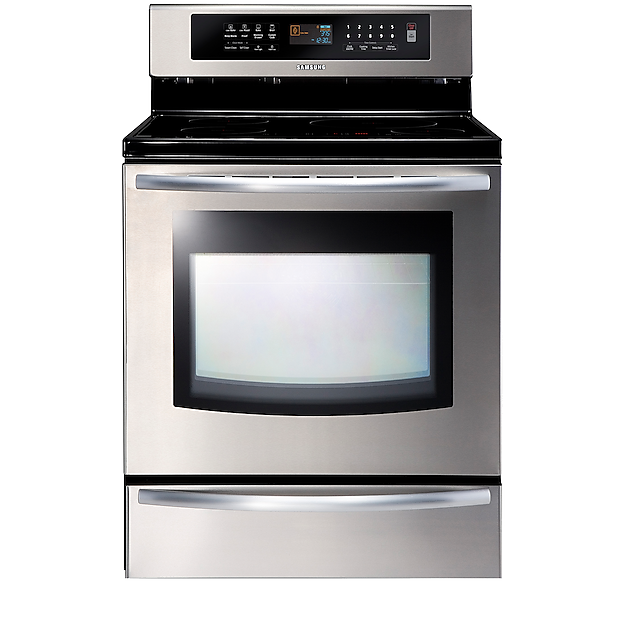
Self-cleaning ovens are a handy feature in modern kitchens. They save time and effort. Yet, these ovens can sometimes have issues. This section will help you troubleshoot common self-cleaning problems with your Samsung oven.
Reset Self-cleaning Mode
Sometimes, your oven’s self-cleaning mode may fail. A simple reset can fix this. First, unplug your oven. Leave it unplugged for at least five minutes. This allows the oven to reset. Plug the oven back in. Try starting the self-cleaning mode again.
If it still does not work, check the oven’s control panel. Look for any error codes. Refer to the oven manual for code meanings. If you cannot find the manual, visit the Samsung website. They have digital copies of manuals.
Clean Oven Manually
If the self-cleaning mode fails, you may need to clean the oven manually. Start by removing the oven racks. Soak them in warm, soapy water. Use a soft cloth or sponge to clean the interior. Avoid using abrasive cleaners. These can damage the oven’s surface.
For tough stains, make a paste with baking soda and water. Apply the paste to the stains. Let it sit for 15 minutes. Wipe away with a damp cloth. Rinse thoroughly to remove any residue.
Regular manual cleaning can prevent build-up. This ensures your oven works efficiently. It also prolongs the life of the appliance.
Samsung Oven Foul Odors
Foul odors in your Samsung oven can be unpleasant and concerning. These smells can affect the taste of your food and the overall kitchen environment. Addressing the issue promptly ensures a cleaner, fresher cooking experience.
Clean Spills And Residues
Spills and food residues can cause bad smells in your oven. Clean up any spills immediately to prevent odors from developing. Use a damp cloth to wipe away grease and food particles. For stubborn stains, a mixture of baking soda and water works well. Ensure you rinse and dry thoroughly.
Use Odor Absorbers
Odor absorbers can help neutralize bad smells in your oven. Baking soda is a great natural odor absorber. Place an open box inside your oven when it’s not in use. You can also use activated charcoal or coffee grounds. These materials absorb odors and leave your oven smelling fresh.
Frequently Asked Questions
Why Is My Samsung Oven Not Heating Up?
Check the heating element. It could be faulty. Also, ensure the oven is correctly plugged in.
How Do I Reset My Samsung Oven?
Press and hold the “Start” button for 5 seconds. This will reset the oven to default settings.
What Does The Se Error Code Mean?
The SE error code indicates a keypad issue. Clean the keypad. If the error persists, contact support.
How Can I Fix Uneven Cooking In My Samsung Oven?
Ensure the oven is preheated. Use the right bakeware. Avoid overloading the oven for even heat distribution.
Why Is My Samsung Oven Door Not Closing Properly?
Check for obstructions. The door hinges might be misaligned. Tighten or replace them if necessary.
Conclusion
Troubleshooting your Samsung oven can be easy with these simple steps. Address common issues like temperature problems or error codes. Regular maintenance helps avoid frequent problems. Always refer to the user manual for specific guidance. If issues persist, contacting a professional may be necessary.
Keep your oven in top shape for better performance and longevity. Thank you for reading and happy cooking!

